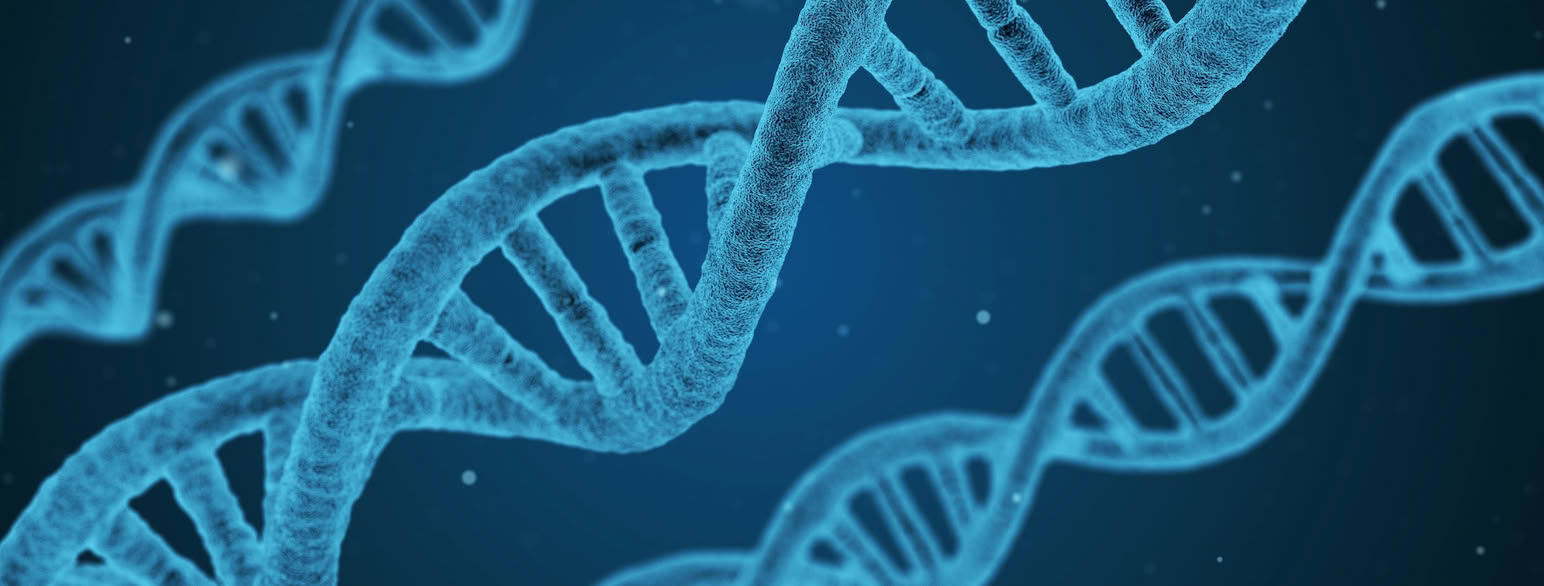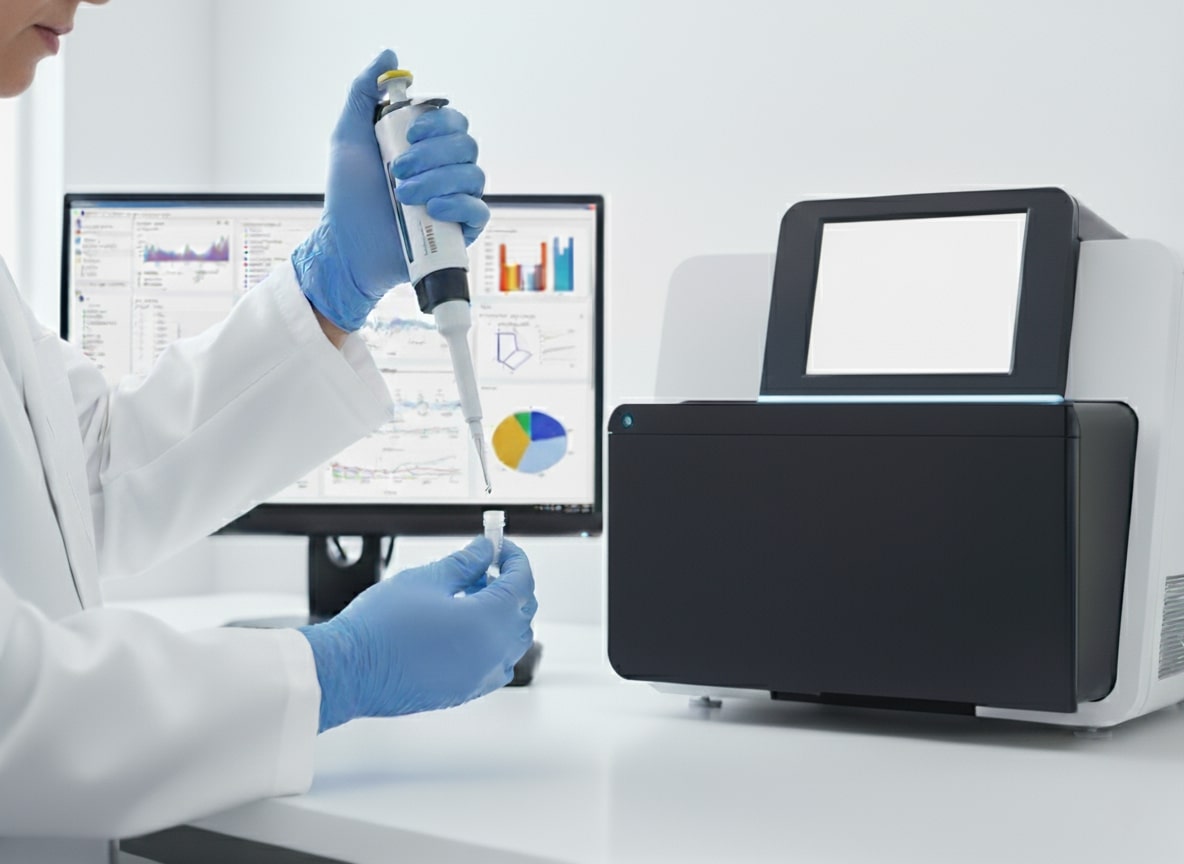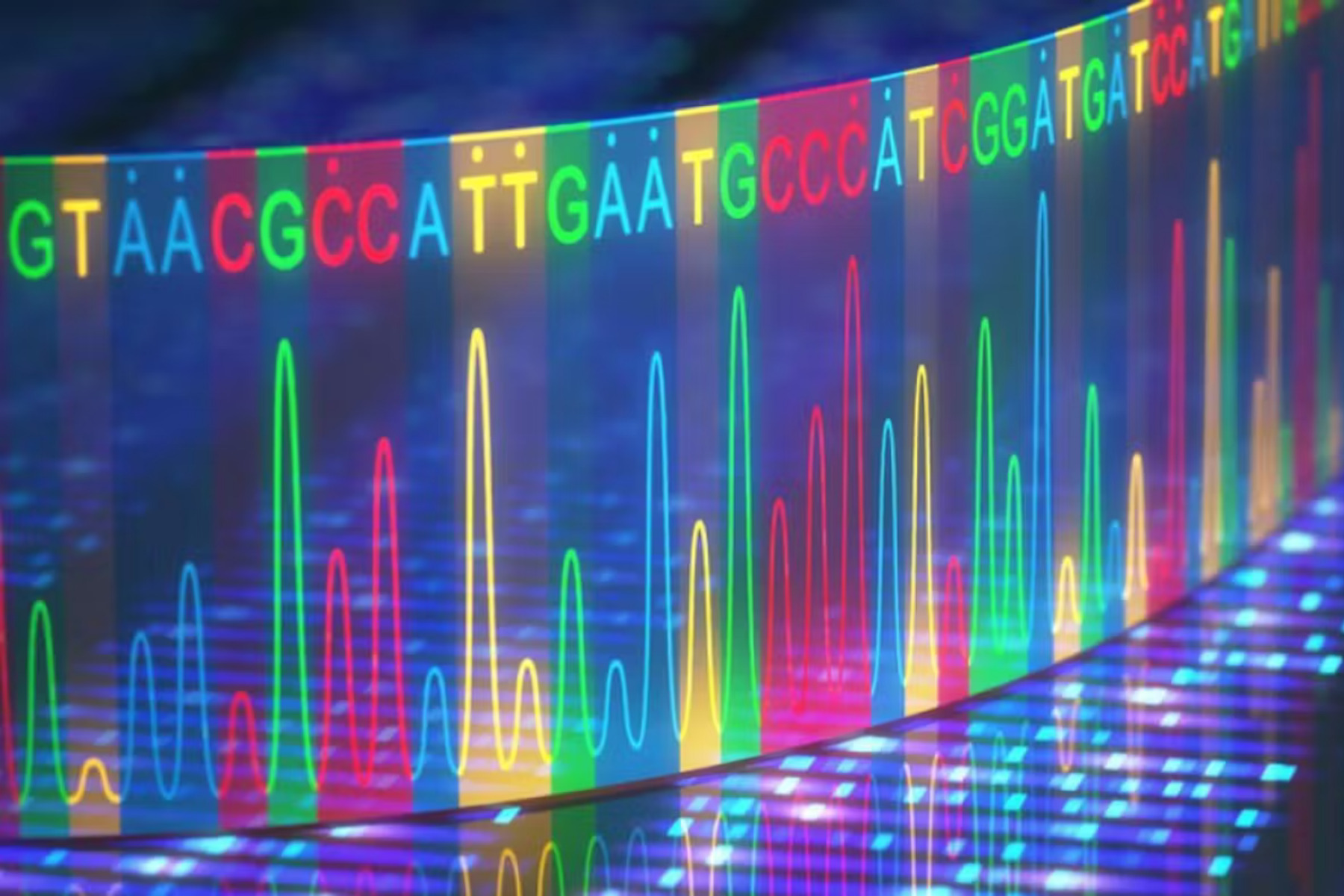The Future of Cancer Diagnostics: Circulating Tumor DNA (ctDNA)
In our last article, we introduced the basics of circulating cell-free DNA (cfDNA), its release and clearance mechanisms, and its central role in cancer diagnostics. Now that you are familiar with the fundamental concepts of cfDNA, this follow-up dives deeper into its biological significance. We will examine how circulating tumor DNA (ctDNA) contributes to cancer detection, disease monitoring, and treatment assessment. We will also highlight how ctDNA has the potential to revolutionize cancer care, especially through early tumor detection and the development of personalized treatment strategies.
What is the Role of Circulating Cell-Free DNA?
cfDNA plays a critical role in both physiological processes and pathological conditions. In healthy individuals, the release of cfDNA serves as a mechanism to eliminate potentially harmful genetic material, such as oxidized mitochondrial DNA, thereby protecting cellular integrity. It prevents the accumulation of damaged or dysfunctional DNA and promotes the maintenance of genomic stability and cellular homeostasis [1,2]. In pathological contexts, however, cfDNA functions as a damage-associated molecular pattern (DAMP) and influences the immune response [2]. It can act as a signaling molecule, triggering inflammation and activating immune cells. This dual role of cfDNA underscores its importance not only for cell maintenance but also for immune regulation, as it helps recognize and respond to cell damage or external threats—for example, in the context of injury or wounds.
What ctDNA Analysis Reveals
The proportion of ctDNA within cfDNA is directly related to cancer and increases as the disease progresses. In advanced cancer, ctDNA can make up as much as 89% of the total cfDNA, while in early stages, it represents only a small fraction [1]. The term “liquid biopsy” is often used to describe non-invasive methods of analyzing ctDNA in body fluids, especially blood. A liquid biopsy has the same goal as a tissue biopsy but uses a different source material. Techniques such as next-generation sequencing (NGS) and polymerase chain reaction (PCR) are employed to measure and analyze ctDNA fragments with high sensitivity, yielding valuable insights, including:
- Tumor genotyping: Identifying tumor-specific mutations for personalized treatment.
- Treatment monitoring: Assessing therapy effectiveness by tracking ctDNA levels.
- Resistance detection: Identifying mutations linked to therapy resistance.
- Relapse monitoring: Detecting early signs of cancer recurrence.
- Tumor burden: Estimating the amount of tumor present.
Why is ctDNA a Game-Changer in Oncology?
The unique characteristics of ctDNA offer major advantages:
- Minimally invasive: A liquid biopsy requires only a blood sample, making it safer and easier to repeat than traditional biopsies.
- Early detection: ctDNA enables earlier cancer detection, leading to better treatment outcomes.
- Personalized medicine: Tumor-specific genetic information helps tailor treatment to each individual patient.
- Real-time monitoring: ctDNA enables continuous tracking of tumor status throughout treatment.
The potential of ctDNA is immense, and its applications are rapidly expanding. From improving early detection to refining personalized treatments and predicting therapeutic outcomes, ctDNA is on its way to becoming a cornerstone of cancer care.
Conclusion
The emergence of ctDNA has revolutionized cancer diagnostics and monitoring. With its ability to provide real-time insights into tumor dynamics, ctDNA analysis offers significant advantages over traditional biopsy methods. It enables early cancer detection, supports personalized treatment strategies, and ensures continuous monitoring of therapy. As we continue to unlock the full potential of ctDNA, it has the capacity to fundamentally transform oncology, improve patient outcomes, enhance therapeutic precision, and enable more effective cancer management throughout the course of the disease.
LIQOMICS & Our Services
With LymphoVista, LIQOMICS offers a ctDNA-based MRD test for lymphomas, characterized by extremely high sensitivity and specificity, as well as MRD monitoring solutions for other cancer types. Learn more about our services and contact us to find out how we can support you.
Literature
- Torralba D, Baixauli F, Villarroya-Beltri C, Fernández-Delgado I, Latorre-Pellicer A, Acín-Pérez R, Martín-Cófreces NB, Jaso-Tamame ÁL, Iborra S, Jorge I, González-Aseguinolaza G, Garaude J, Vicente-Manzanares M, Enríquez JA, Mittelbrunn M, Sánchez-Madrid F. Priming of dendritic cells by DNA-containing extracellular vesicles from activated T cells through antigen-driven contacts. Nat Commun. 2018 Jul 9;9(1):2658. doi: 10.1038/s41467-018-05077-9. PMID: 29985392; PMCID: PMC6037695.
- Kustanovich A, Schwartz R, Peretz T, Grinshpun A. Life and death of circulating cell-free DNA. Cancer Biol Ther. 2019;20(8):1057-1067. doi: 10.1080/15384047.2019.1598759. Epub 2019 Apr 16. PMID: 30990132; PMCID: PMC6606043.



